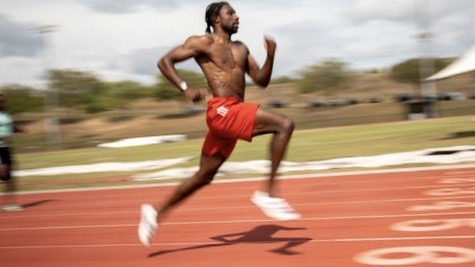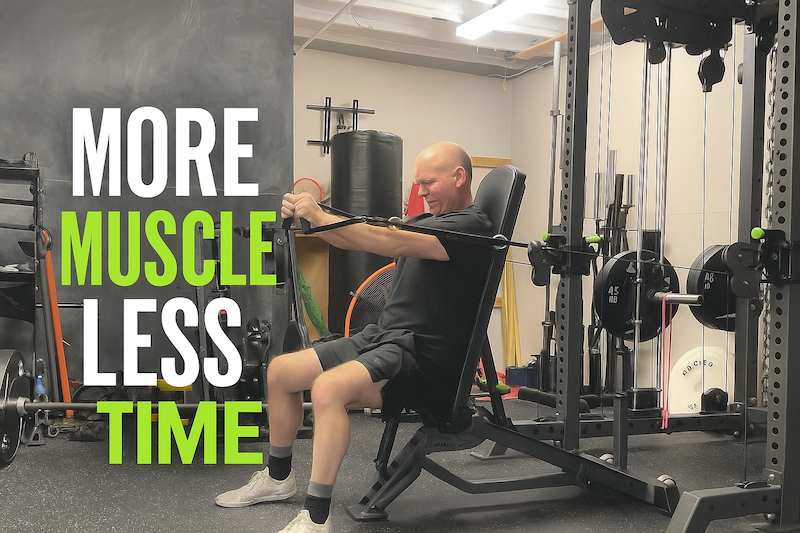I’ve been training people for a living since 1999, and during this time, my views on certain training concepts, methods, and exercises have changed. I learned about certain split squat variations from Charles Poliquin probably around 1995. Before him, my only sources of knowledge were bodybuilding magazines, and split squats were never discussed or mentioned.
Since this time many coaches that I respect have added on to why I’m a big fan of split squats over the more conventional barbell back squat. One of my main reasons is the fact that you tend to be able to identify weaknesses more when in a split stance compared to a bilateral stance due to the increased stabilization that’s required. I’ve seen many people with a good back squat, but once you have them do it in a split stance they lack frontal plane stability. Not only can you notice stability issue but also strength discrepancies between limbs, and it also replicates angles that you see in sports more.
Cal Dietz, one of my favorite strength coaches, has stated that the most effective athlete exercise for the lower body is the safety bar split squat (and this will be discussed in his new book Triphasic Training Volume 2). He also said that the best test or assessment for athletes is sprinting because humans are designed for locomotion. And I just read an email the other day from Stuart McMillan with Altis and he said the following:
“The hip extension pattern is the key pattern for locomotion. Without an effective hip extension pattern, you cannot walk, jog, run, stride, or sprint well.”
“So, if you have athletes who struggle with an effective hip extension pattern, what exactly is missing? We typically default to focusing on range—but often, range isn’t the issue at all. In my experience, athletes frequently lack the specific force and velocity capacities required in this particular pattern.”
“This may be because we spend so much time building strength in patterns that don’t lead to a “knee behind butt” position. Yes, squats and deadlifts extend the hip, but not in a way that directly supports the demands of the hip extension pattern we’re looking for.”

I hold a positive perspective on the back squat; however, I find that split squats often provide greater benefits in most scenarios.
Nevertheless, if an individual demonstrates excellent technique with back squats, appreciates performing them, and aligns with their training goals, I may incorporate them into their training program periodically.
Recently, I’ve been doing a fair amount of split squats and have played around with a few unique versions. Here’s two I recently did with my Voltra 1.




